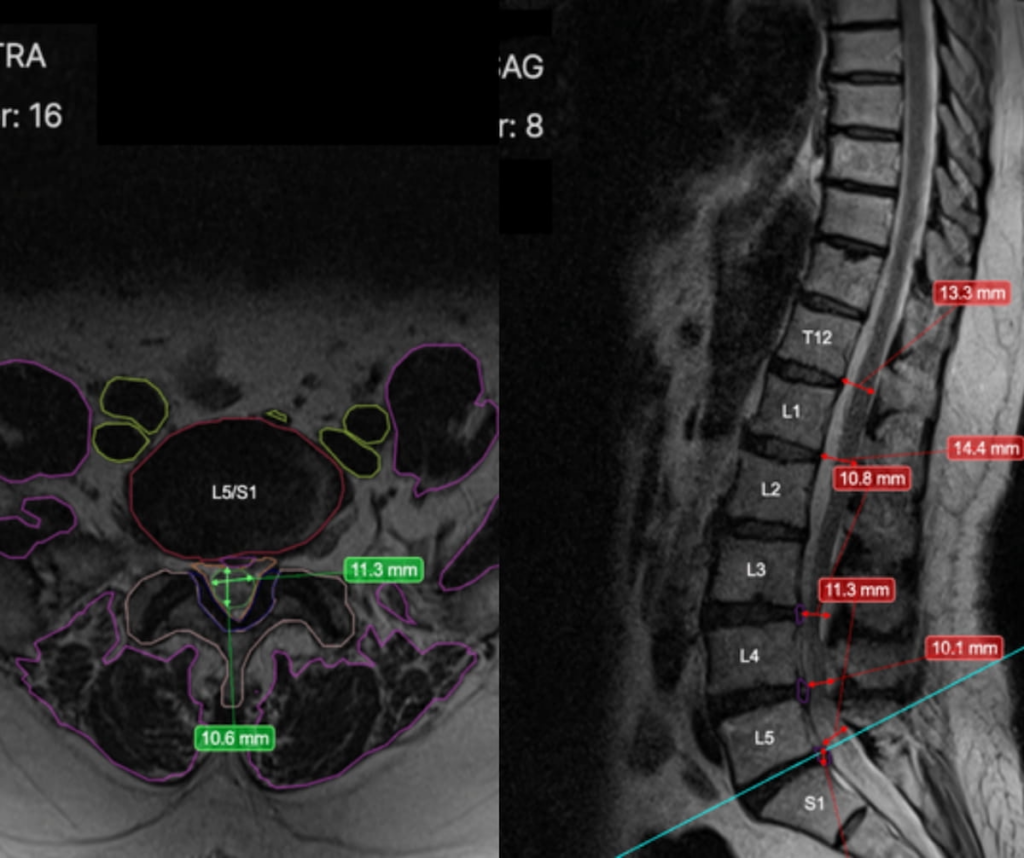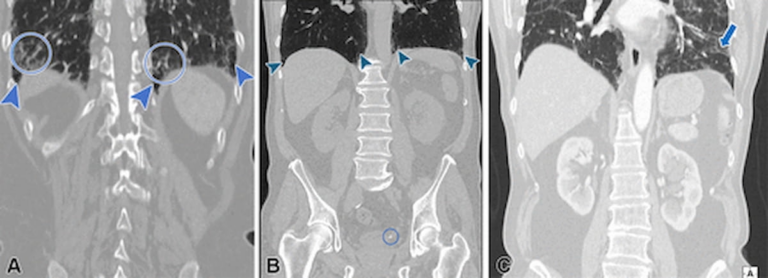
The Food and Drug Administration (FDA) has given the green light to a new software known as RAI, which utilizes artificial intelligence to enhance the analysis of spine magnetic resonance imaging (MRI). This cutting-edge tool aims to significantly improve the detection of various spine abnormalities and degenerative conditions. Remarkably, over 300 radiologists around the globe are currently utilizing this innovative software.
Developed by Remedy Logic, the RAI software provides several features that are geared toward streamlining the work of radiologists. It can automatically segment and measure discs in spine MRIs, potentially cutting down the time required for radiologists to interpret these scans. Additionally, this AI-driven solution is adept at identifying and flagging incidental findings and abnormalities, which it compiles into concise summaries to aid in the detection of pathologies.
Remedy Logic, the creator of RAI, highlighted the software’s pioneering automated capabilities, which aim to enhance the efficiency and accuracy of MRI readings. Alongside these benefits, the software has been designed to ensure patient safety and offer thorough, objective insights for physicians who rely on these scans for making critical medical decisions.
What sets RAI apart is its vast training background. It has been fine-tuned using more than five million spine MRI scans, providing a robust dataset that enhances its ability to accurately detect abnormalities. This training underpins the comprehensive nature of the software, ensuring it can effectively address the growing demand for spine MRI analysis.
Scheduled to be featured at the Radiological Society of North America’s (RSNA) 2004 Annual Meeting in Chicago, RAI is expected to draw attention from the radiology community. According to Andrej Rusakov, CEO of Remedy Logic, the FDA clearance of RAI is a testament to their ongoing dedication to aiding radiologists. The software addresses a crucial issue: the increasing volume of spine MRI procedures is outpacing the number of available radiologists. By making MRI readings more efficient, RAI aims to bridge this gap and provide enhanced support to radiologists and physicians alike.
Rusakov expressed that this achievement marks a significant step in their mission to bring innovative solutions to the field of radiology, particularly for those who have felt left behind by technological advancements. By integrating RAI into their practice, radiologists can take a step forward in managing the overwhelming number of spine MRI evaluations, ultimately contributing to better patient care and more informed clinical decisions.


